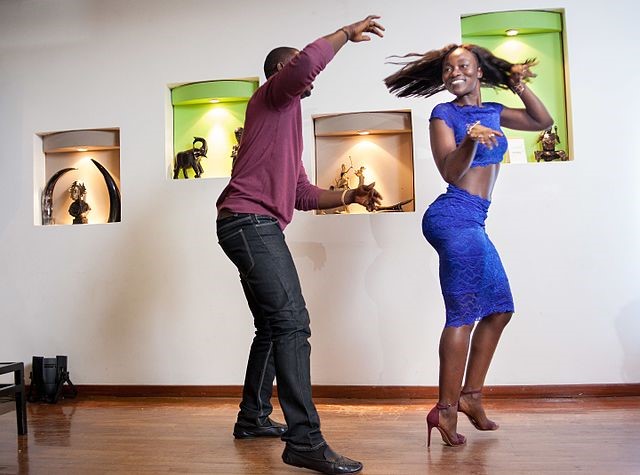In Angola, music and dance remain essential vessels of cultural memory. They carry within their rhythms the nation’s layered history—its migrations, its struggles, and its celebrations. Rooted in the traditions of diverse ethnic communities, these art forms serve not merely as entertainment but as living chronicles of identity and resilience.
Among Angola’s most influential genres are Kizomba and Semba, each with distinct rhythms and social meanings. Kizomba, known for its smooth, romantic tempo, encourages intimate movement between partners, its steps mirroring the cadence of whispered conversation. Semba, by contrast, bursts with quick-footed vitality, often performed at weddings and community gatherings where its upbeat energy signals joy and unity. Both styles, though different in character, share an ability to bind dancers together in the shared language of movement.
Traditional instruments deepen this cultural tapestry. The đànza, a stringed instrument, and the ngoma, a drum integral to ritual and celebration, are more than tools of melody and rhythm; they are conduits to ancestral narratives. For centuries, these instruments have punctuated communal storytelling, calling people together in moments of both mourning and festivity.
Public celebrations such as the Festival Internacional de Luanda and the annual Carnival transform city streets into open-air stages, where dancers in bright costumes weave through crowds to the pulse of drums and guitars. These events are as much about spectacle as they are about continuity, offering younger generations a vivid introduction to the traditions that preceded them.
In many communities, the movements of traditional dance carry encoded histories. A gesture might recall an act of resistance; a sequence of steps, the pattern of a harvest. Such choreography is passed from elders to youth, ensuring that each performance serves as both entertainment and a lesson in heritage.
Today, the endurance of these practices also reflects their role in social cohesion. Across Angola’s varied ethnic landscape, music and dance act as bridges, fostering mutual recognition and respect. In villages and cities alike, these shared experiences continue to affirm a collective identity, one that thrives on diversity rather than division.
Through the beat of the drum and the sway of the dance, Angola tells its story—one that is as dynamic as the people who keep it alive. In every performance, whether on a festival stage or in the quiet of a village gathering, the past and present meet in step, ensuring that the rhythm endures.
Sources:
- Moorman, Marissa J. Intonations: A Social History of Music and Nation in Luanda, Angola, from 1945 to Recent Times. Ohio University Press, 2008.
- “Festival Internacional de Luanda.” Ministry of Culture, Tourism and Environment of Angola, 2024.
- Oliveira, Maria Inês. “The Cultural Significance of Semba in Angola.” African Music Journal, vol. 12, no. 1, 2022.

